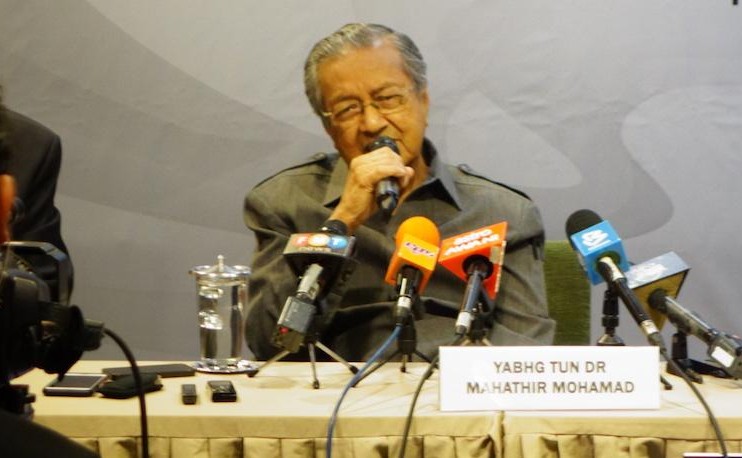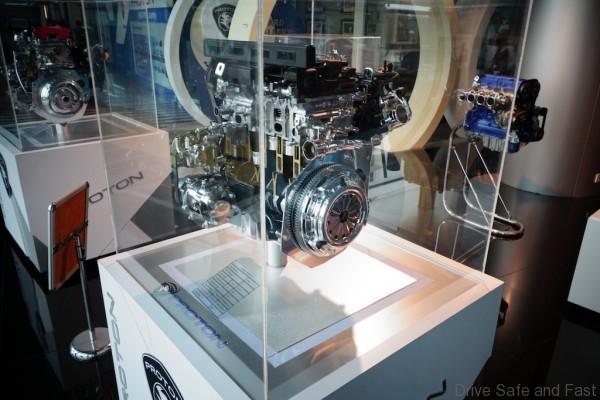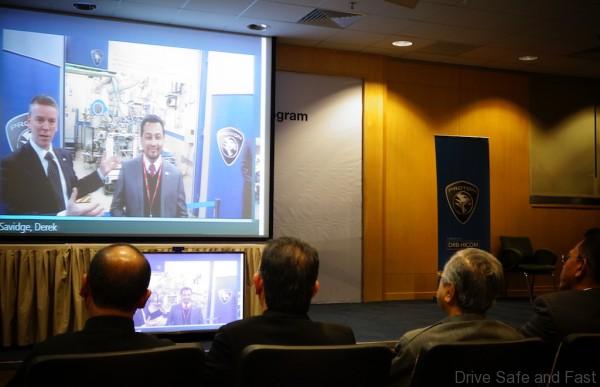- There is diversity despite the similarities. Yes, 6 engines that are all between 1000 and 1500cc doesn’t sound like a good idea, but PROTON are designing these to deliver very differently in terms of power output. Plus, there might even be a 1-litre turbocharged 3-cylinder (think Fiesta Ecoboost) and a NE01-derived 2-litre in the works as well.
- Both performance and fuel-efficiency will see massive gains. PROTON fully expects that compared to their current engines, the new powerplants will deliver up to 25% more power and 20% more efficiency. The 1-litre, for instance, will be capable of returning 5l/100km. With additional features, such as turbocharging, PROTON expect this same engine to deliver fuel efficiency of just over 4l/100km. The 1.5-litre TGDi may not sound like a powerhouse, but keep in mind that’s the same sort of engine that will power future VW Golfs and current Ford Focus hatchbacks. 185 hp and 250Nm of torque isn’t too shabby for an engine that small.
- The engines are ‘futureproof’, with very low emissions. As part of PROTON’s long-term transformation plan, these engines will be built to comply with Euro 6C’s extremely stringent test of ‘Real Driving Emissions’, which tests real-world emissions using a Portable Emission Measurement Systems in addition to laboratory tests. This will begin in 2017 for cars sold in the European Union. PROTON expects CO2 emissions to be below 99g/km
- These are Malaysian engines. 20 Malaysian engineers are testing the powerplants. PROTON are using the facilities and consultancy services of Ricardo PLC – a company who’ve engineered and designed engines for nearly a century. Plenty of other big names in the industry have gone to them for solutions. The new units will be lab tested for close to 5 million kilometres there, at Lotus, and at PROTON’s homebase until late 2017.
- It might be PROTON’s smartest investment in years Yes, they cost RM600 million to develop and 40 months to perfect. That’s a lot of time and resources that could have been spent elsewhere. But when you look at the lineup of engines, things start to make sense. By keeping them below the 1500cc mark, PROTON can sell its vehicles in Indonesia and various other developing nations without incurring ‘premium tax’ penalties. This will keep their vehicles competitively priced. In addition, by conforming to the Euro 6C standard, PROTON will be able to sell its cars in the UK once again.





